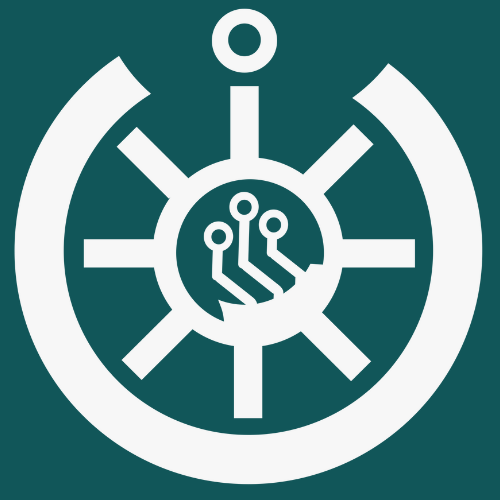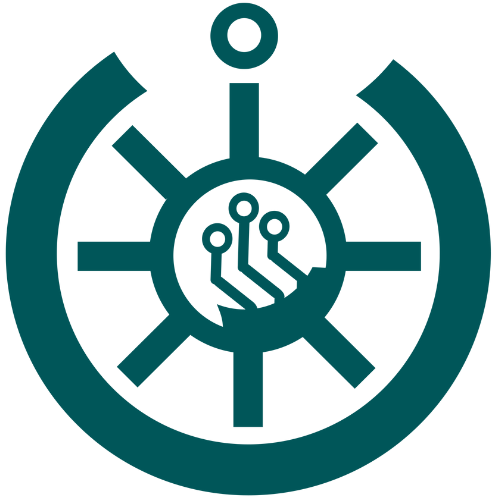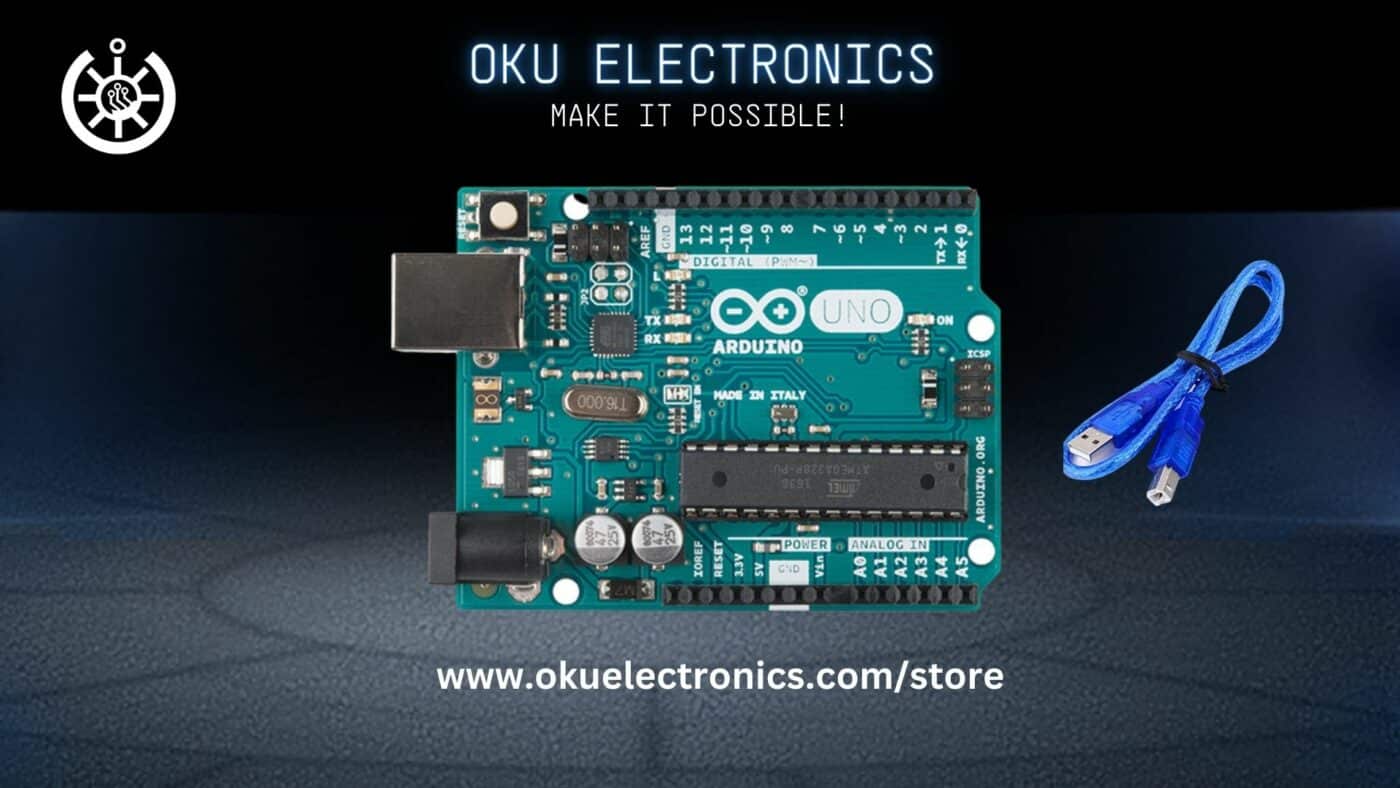Unlocking Creativity with Arduino Uno R3: A Beginner’s Guide
In the vast realm of electronics and prototyping, Arduino has emerged as a go-to platform for hobbyists, students, and professionals alike. Among the various Arduino boards, the Arduino Uno R3 stands out as a versatile and user-friendly option. In this blog post, we will explore the capabilities of the Arduino Uno R3 and how it can unlock your creativity in the world of electronics.
- An Introduction to Arduino Uno R3:
The Arduino Uno R3 is a microcontroller board based on the ATmega328P. It features a wide range of inputs and outputs, making it ideal for numerous projects. With 14 digital input/output pins, six analog inputs, a USB connection, and other essential components, the Uno R3 is a powerful tool for anyone interested in electronics and programming. - Getting Started:
To begin your journey with Arduino Uno R3, you’ll need a few essential components: the board itself, a USB cable, and a computer. The Arduino Integrated Development Environment (IDE) is available for free, allowing you to write and upload code to the board. Connect the Arduino Uno R3 to your computer, open the IDE, and you’re ready to start coding! - Programming the Arduino Uno R3:
The Arduino programming language is based on a simplified version of C++. With a vast community and extensive documentation, learning Arduino programming is an enjoyable experience. The Uno R3 supports a wide range of sensors, actuators, and communication modules, enabling you to build projects ranging from simple LED blinking to complex robotics and home automation systems. - Project Ideas:
The possibilities with Arduino Uno R3 are nearly endless. Here are a few project ideas to ignite your creativity: a. LED Blink: Start with the classic “Hello World” of Arduino. Make an LED blink at a desired frequency, understanding the basics of digital output and timing. b. Temperature and Humidity Monitor: Connect a DHT11 or DHT22 sensor to the Arduino Uno R3 to monitor the temperature and humidity of your surroundings. c. Home Automation: Control lights, fans, or other devices in your home using relays and the Arduino Uno R3. Create a customizable and energy-efficient automation system. d. Obstacle Avoiding Robot: Build a small robot that uses ultrasonic sensors to detect obstacles and navigate its surroundings. e. Weather Station: Construct a weather station that measures temperature, humidity, and air pressure using appropriate sensors and displays the data on an LCD. - Expanding Your Knowledge:
As you become more comfortable with the Arduino Uno R3, you can delve deeper into advanced concepts such as communication protocols (I2C, SPI), wireless connectivity (Bluetooth, Wi-Fi), and motor control (stepper motors, servo motors). The versatility of the Arduino platform allows you to continuously learn and grow your skills.
The Arduino Uno R3 is a gateway to the exciting world of electronics and programming. Whether you’re a beginner or an experienced enthusiast, this versatile board offers endless opportunities for creativity and innovation. Start exploring the possibilities today, unleash your imagination, and see where Arduino takes you on your journey of discovery in the realm of electronics.


